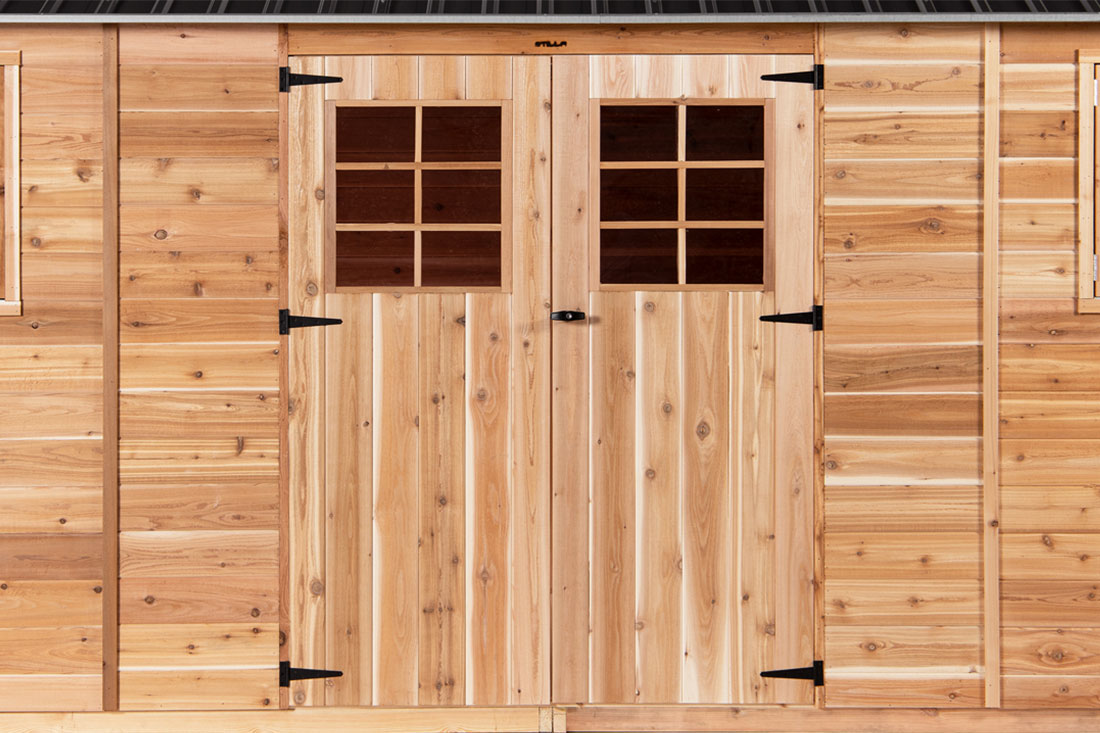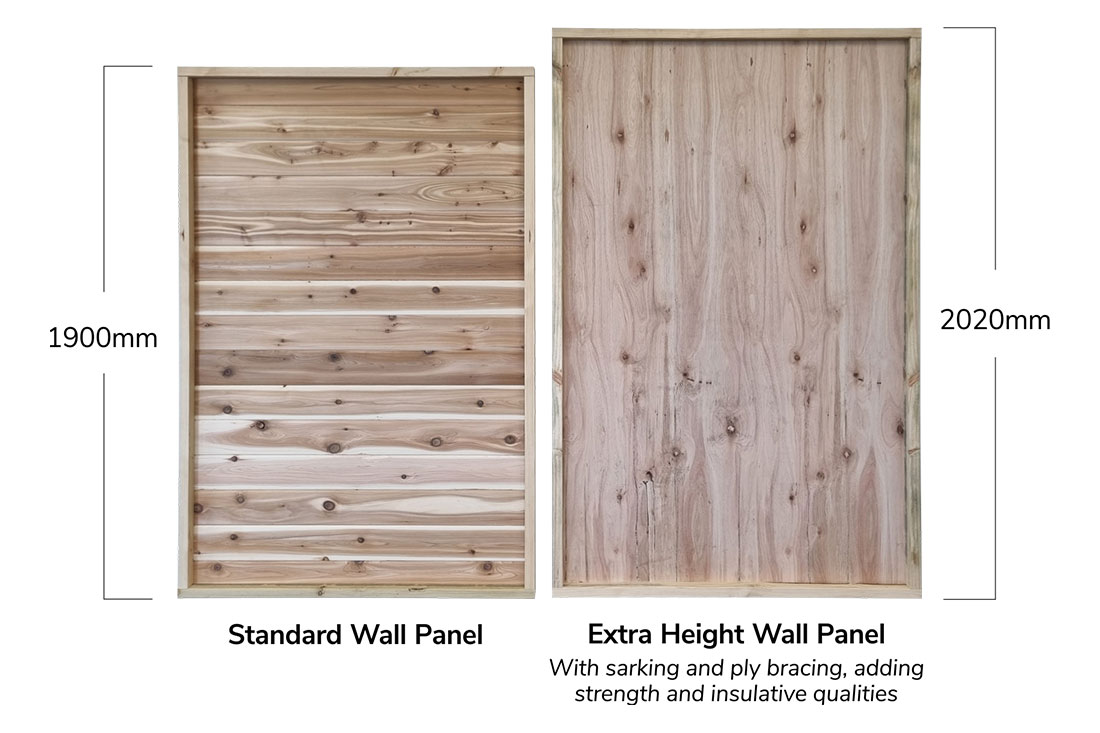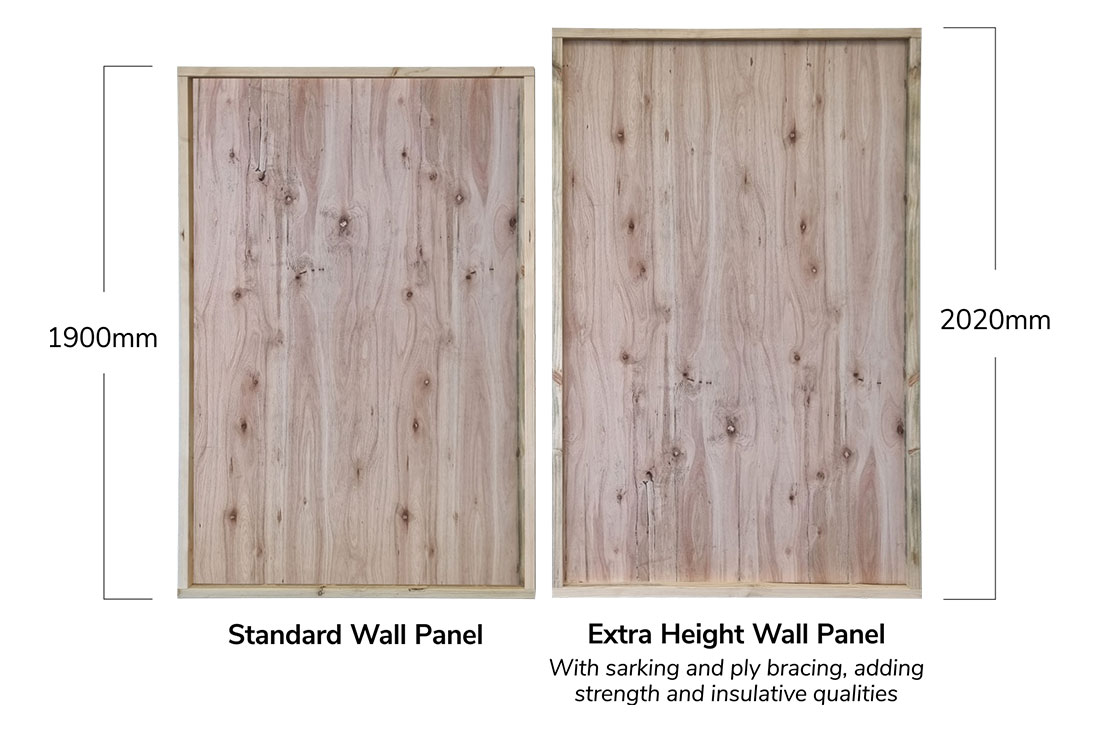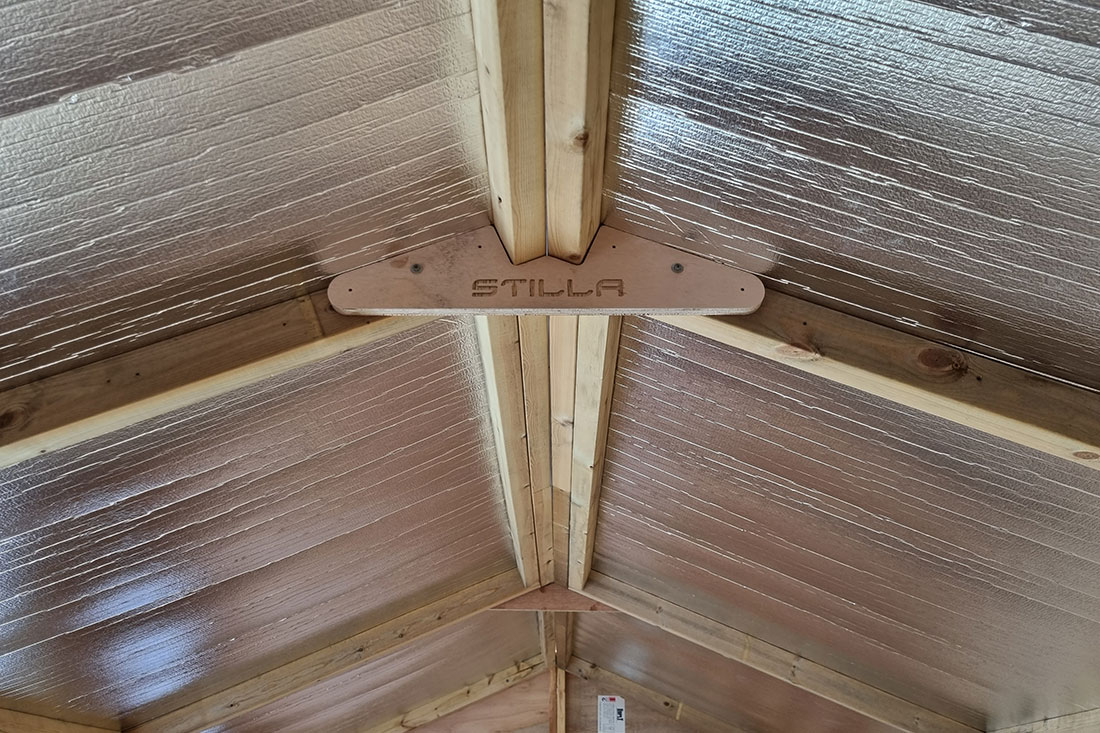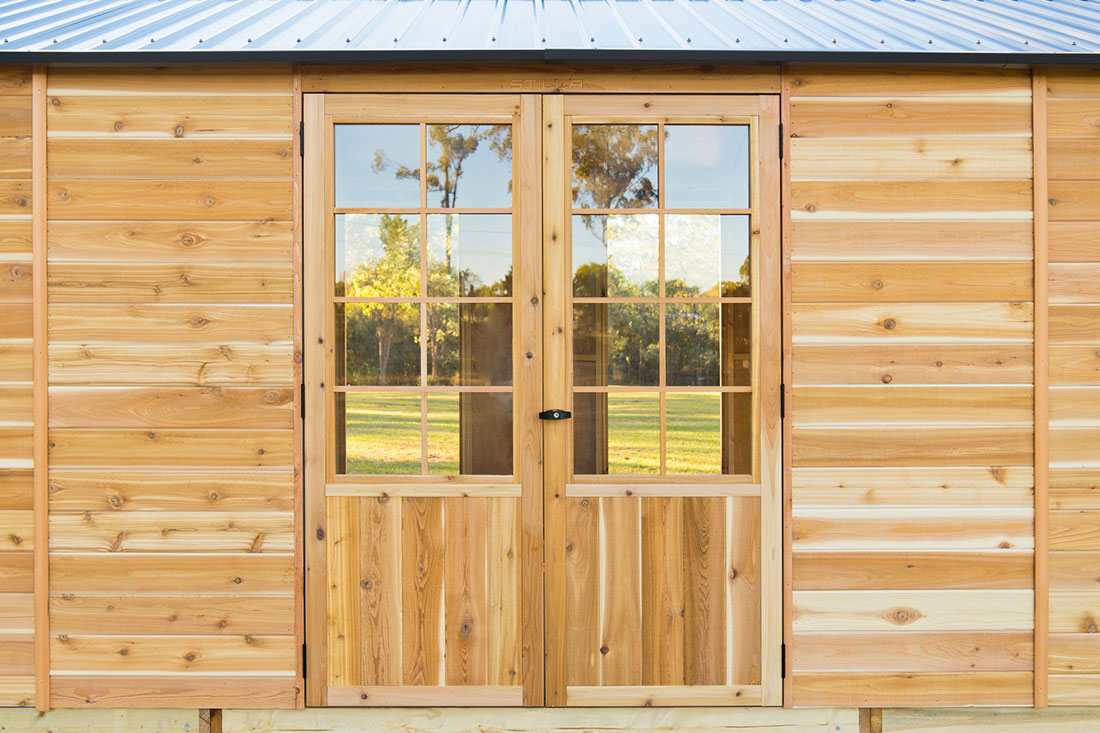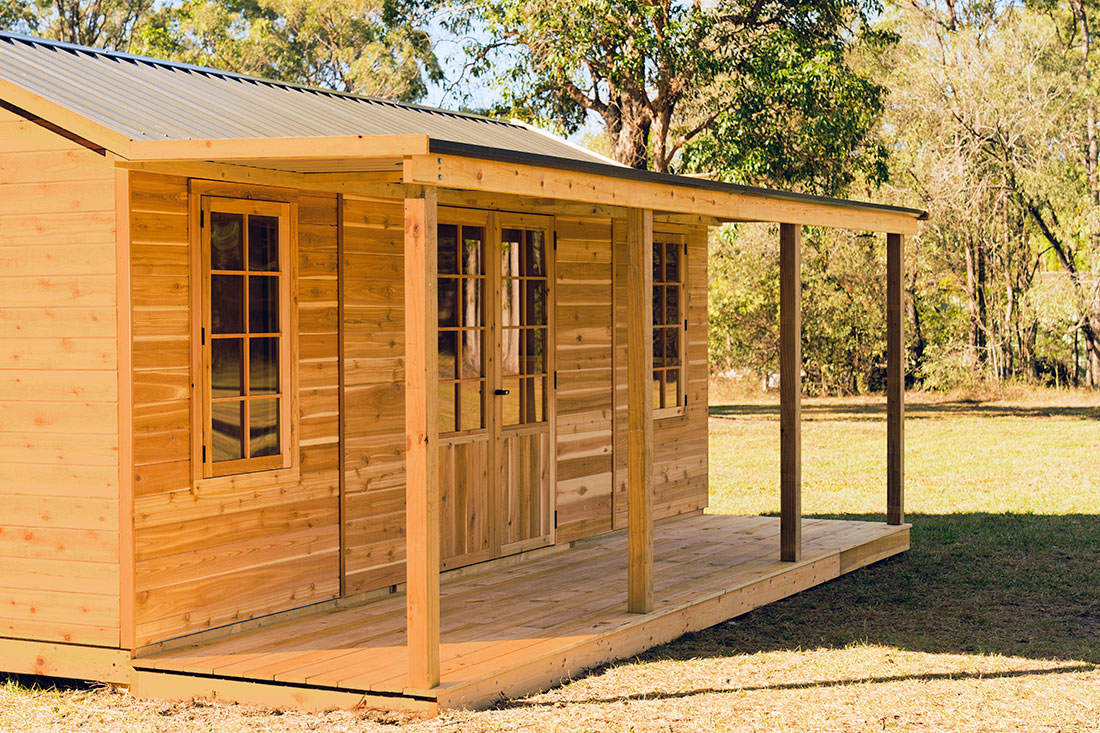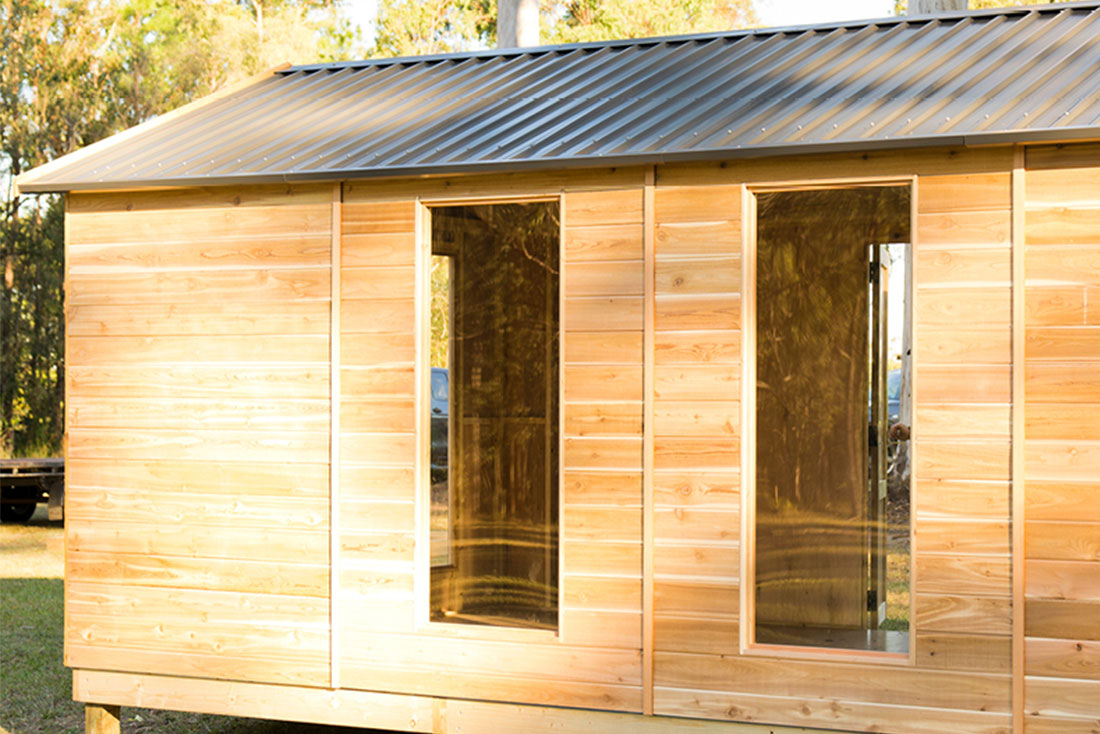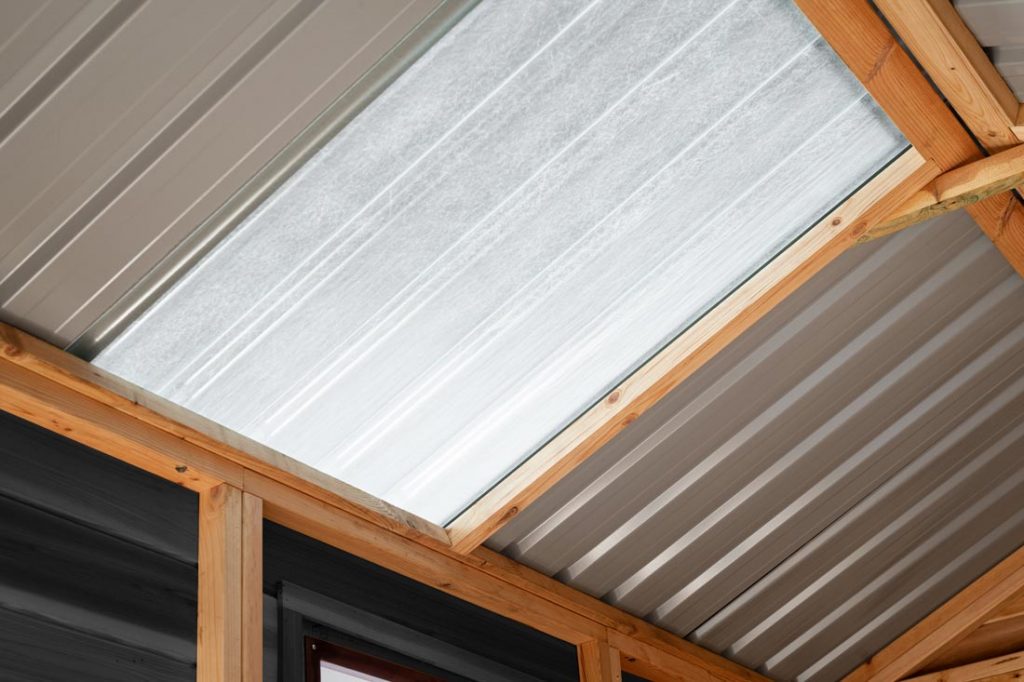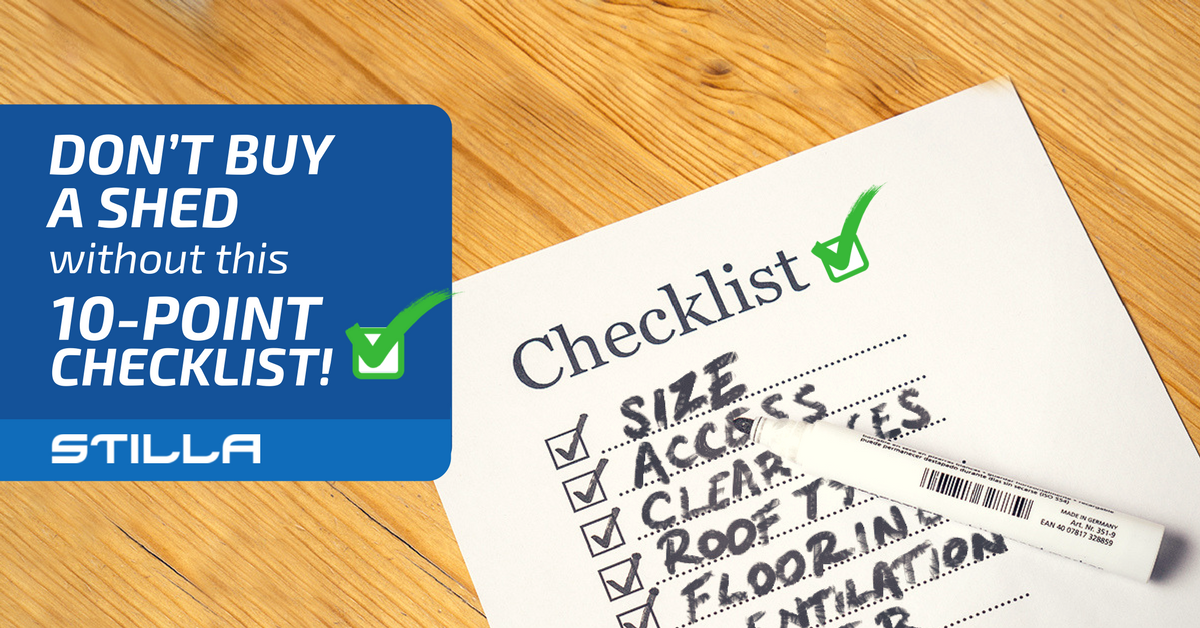
16 Jun Don’t buy a shed without this 10-point checklist!
A couple of months ago, we wrote a blog post 6 things you should know before buying a shed, in which we covered these key things:
- Local council rules
- Weather conditions
- Foundations
- Positioning
- Design
- Purpose
If you haven’t read that, please do, because that’s definitely a great starting point.
Now we’re going to assume you’ve decided to buy a shed, and worked through those “big picture” decisions, so here are some of the details we think you should consider when choosing the right shed for your needs.
- Size
Get a shed that best fits the space you have for it (within reason) but never think you’ll make do with a smaller one if your backyard can easily accommodate a larger one. We’ve never had anyone say: “I might have got one a bit bigger than I need”.
- Access
There are two key parts to accessing your shed, the pathway and the doorway, and you shouldn’t consider one without the other. No point pushing things uphill then lifting them over a threshold if you don’t have to. In some cases, a ramp will be better than a step. Double doors will usually cost a bit more, but might be well worth it.
- Clearances
This goes hand-in-hand with the previous two points. You need to be sure that the positioning of your shed in relation to fences and other structures not only meet local regulations, but that you can easily get things in and out of the shed and any other nearby buildings.
- Roof type
This might be dictated by the position of your shed, as a sloping roof or a flat roof is preferable when the shed is butting up against another building, while freestanding sheds are usually more practical (and attractive) with gable roofs.
- Flooring
Particularly if your shed is on a concrete slab or paving, it might be worth considering some sort of matting as well. If you’re going to be working in there a lot, something more comfortable underfoot and nonslip, and if you’re going to be storing things on the floor, something that protects those things from the harshness of concrete.
- Ventilation
Leaving the door open in the heat of summer might not be enough, so you might want to consider windows that open, and possibly with insect screens. We also know hot air rises, so it might be worth having some form of venting at roof level. Of course, ventilation is 10 times as important if you’re storing chemicals and working inside the shed.
- Power
This can be a tough call to make: do you need power or not. If you decide you do, check out last week’s post Power up your shed, as you have several options – and keep in mind that this is something that can be modified after the shed is built, if necessary.
- Storage
If you are going to put shelves in your shed, consider whether it will be easier to have the shelving material inside before putting up the last side (this applies for something like a large workbench, too). If you’re looking at hanging things inside, make sure your shed is built to have multiple hooks and a bit of weight pulling on the walls.
- Safety
If children are going to have access to the shed, make sure there’s nothing sharp they could easily injure themselves on (that probably applies to adults, too), and that you have lockable storage for anything you need to keep them away from. If you don’t want kids to get in, make sure the whole shed is lockable.
- Appearance
This might not seem like the most important thing when you’re getting the shed, but if you’re going to be looking at it all the time for years, you might want to “pretty it up” a bit! If you do want a more attractive look, consider whether you can add shutters, window boxes, or other cosmetic touches to make your shed a feature of your property.
Not all of these things will matter to every shed buyer, but we’d hate you to pick a shed only to realise later that you didn’t account for something that is important to you.
In any case, feel free to chat to us because our aim is to help you get the shed that’s best for your specific needs.


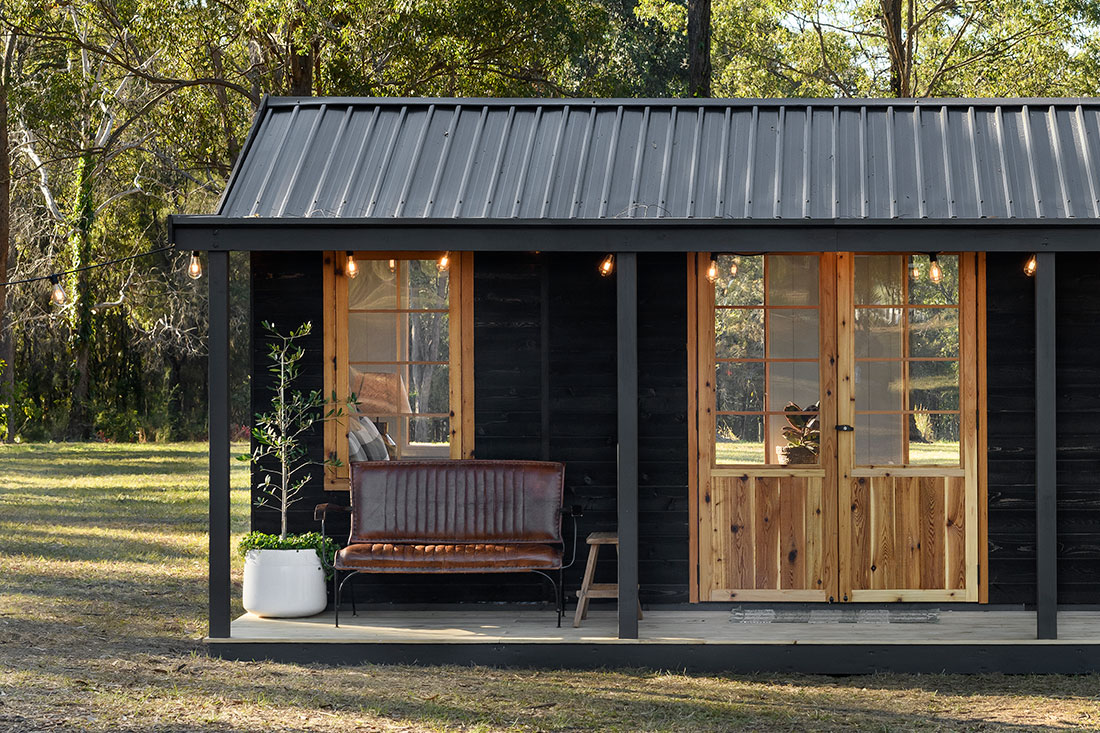
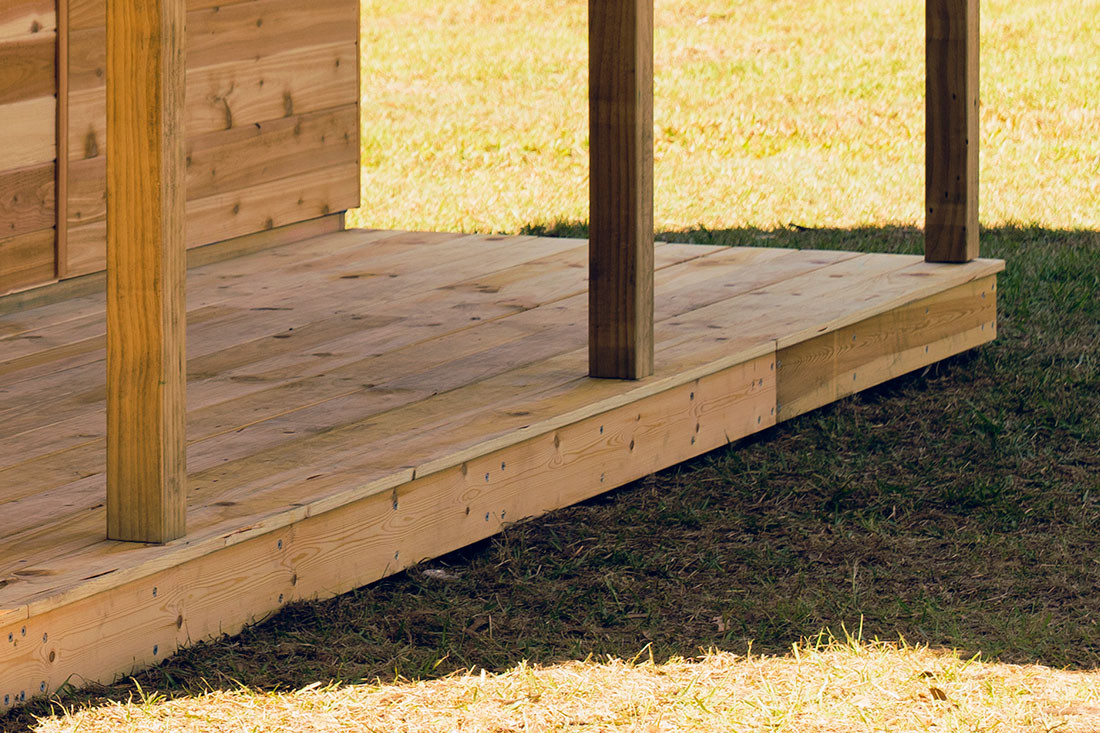
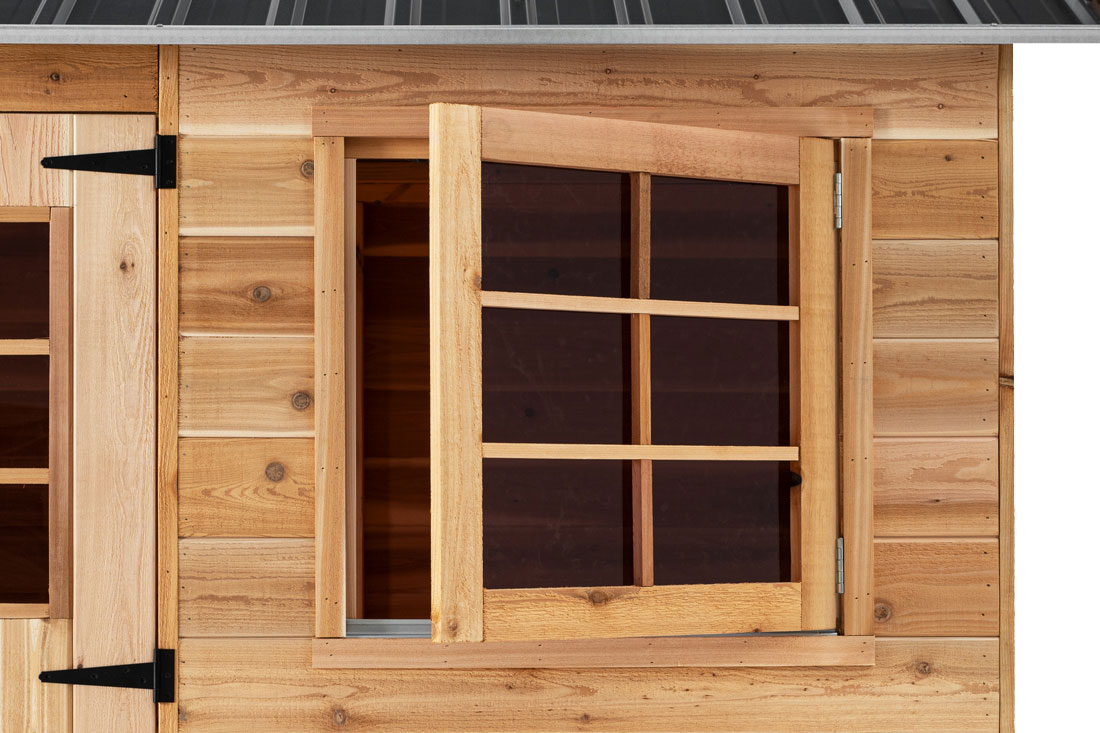
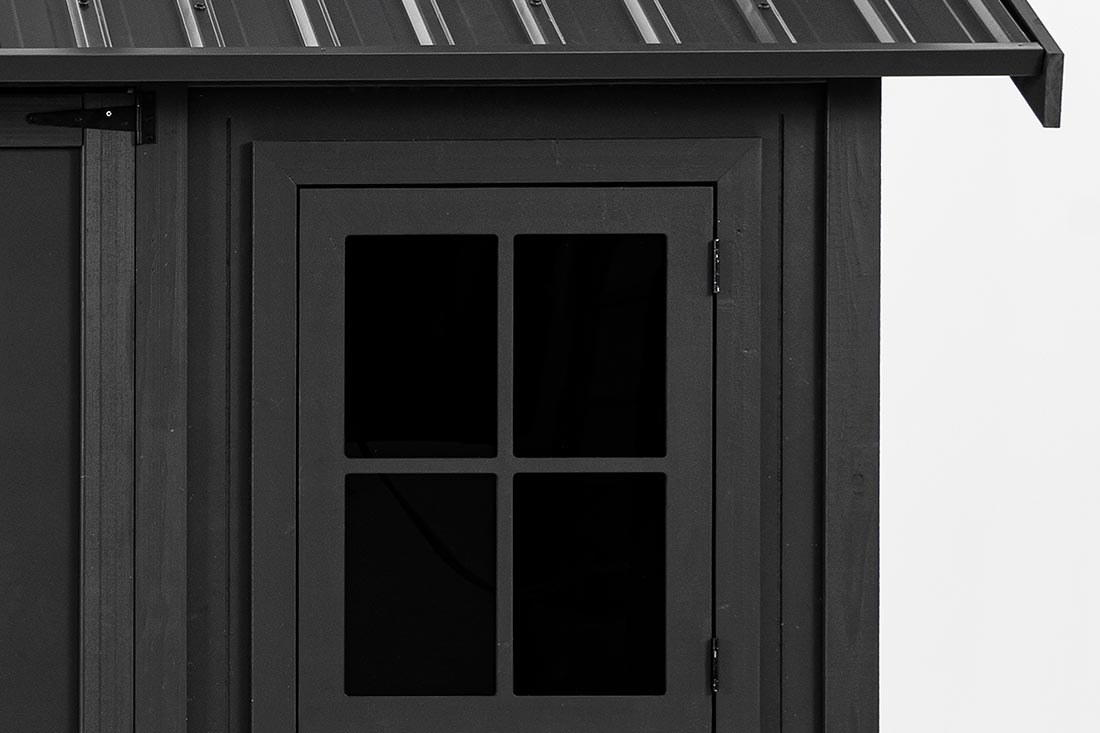
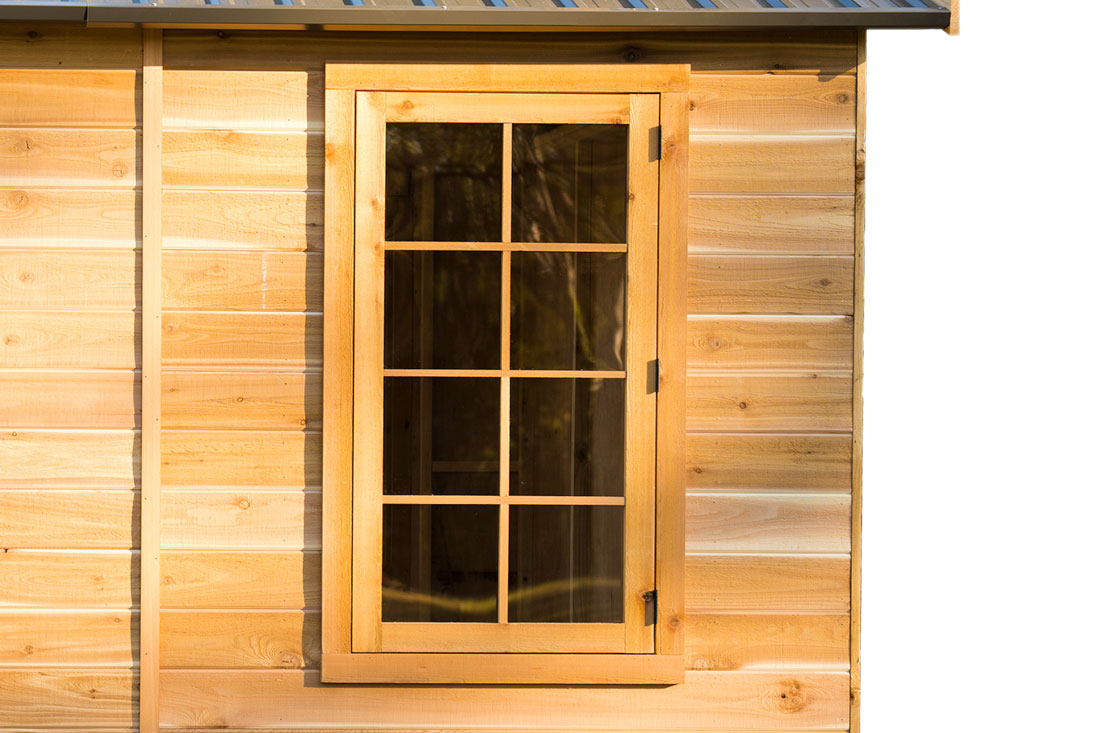
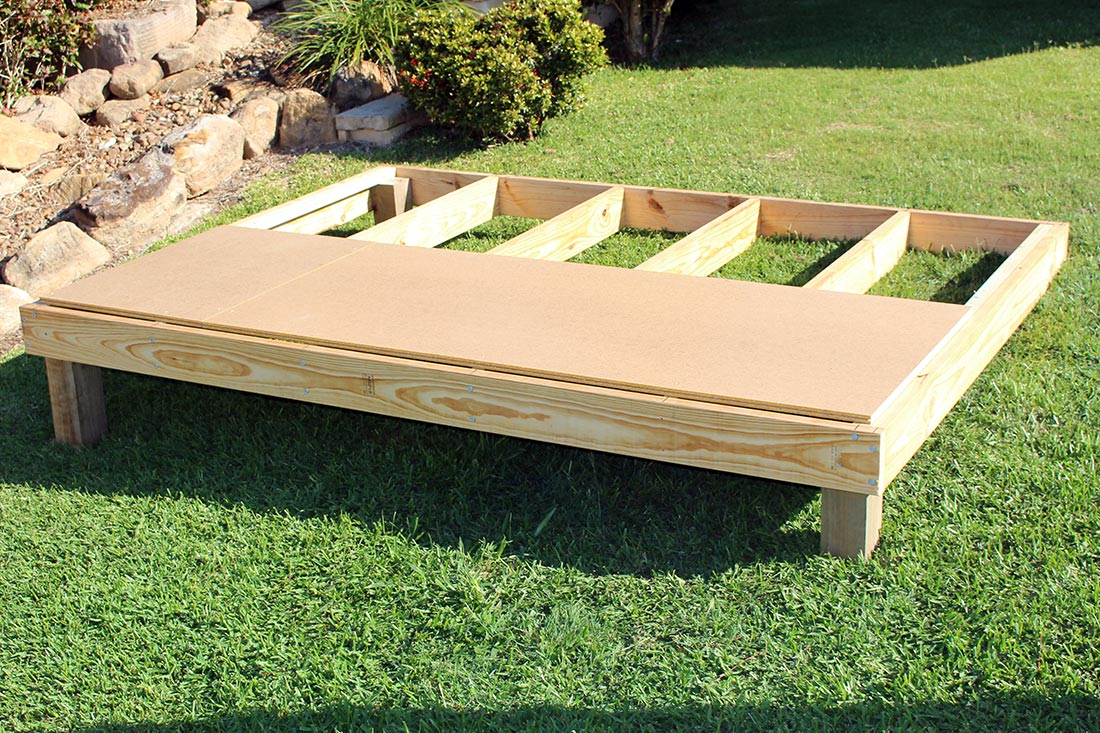
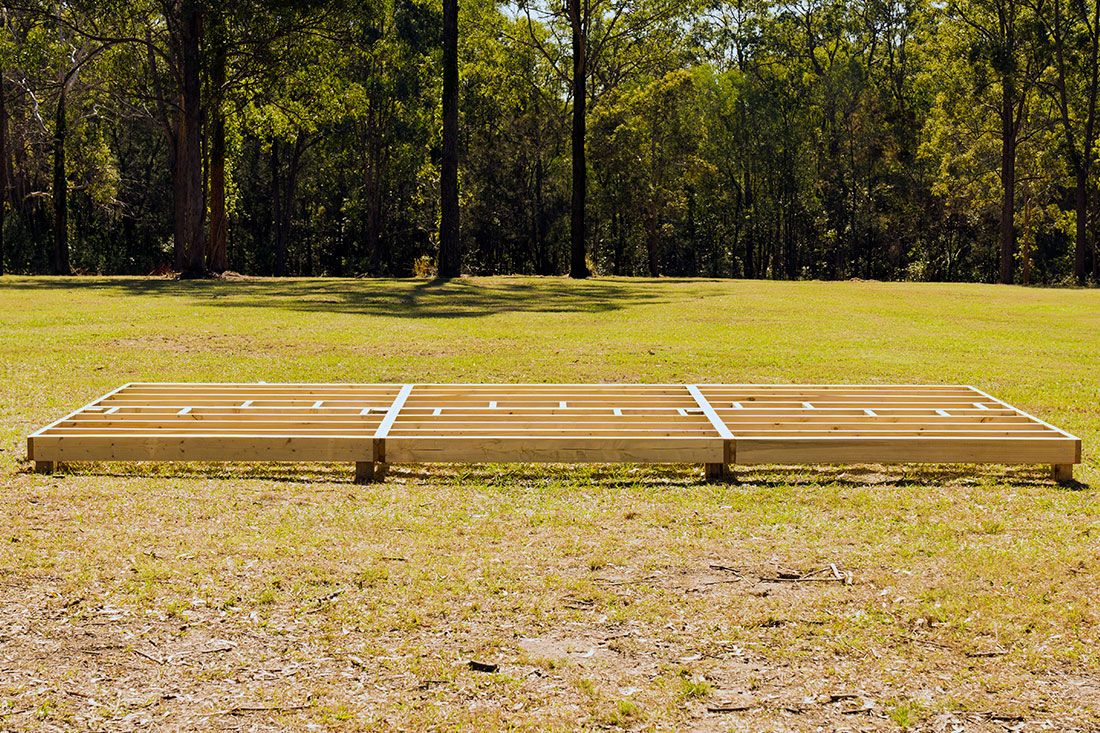
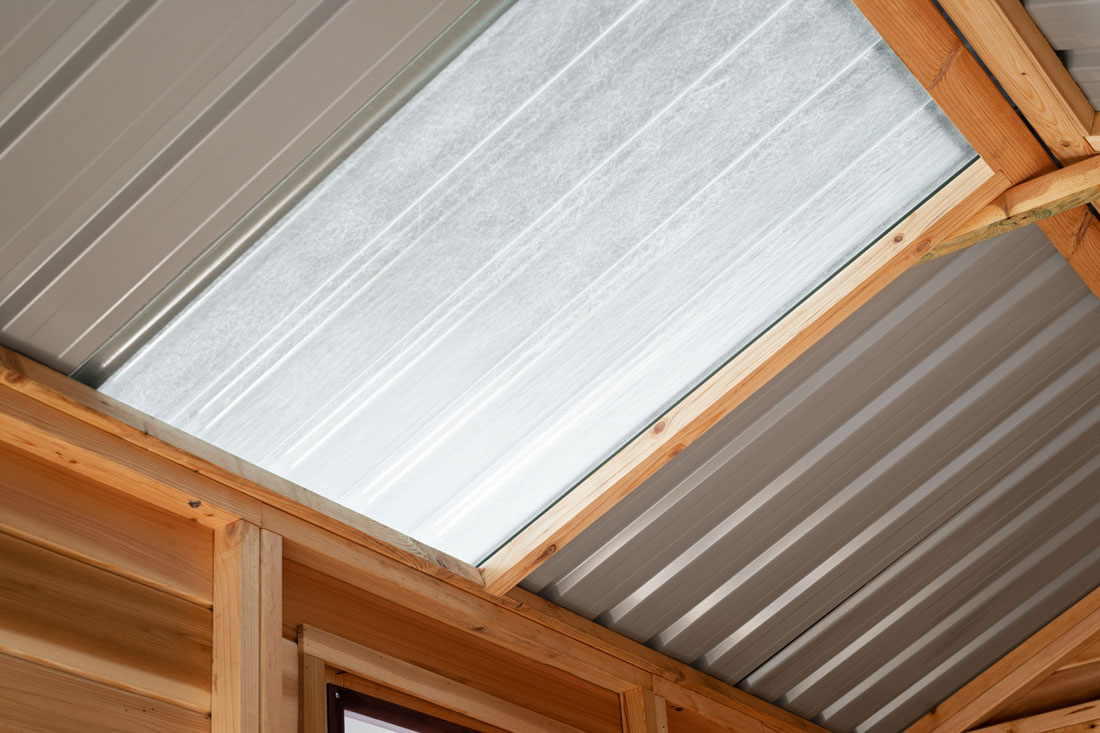
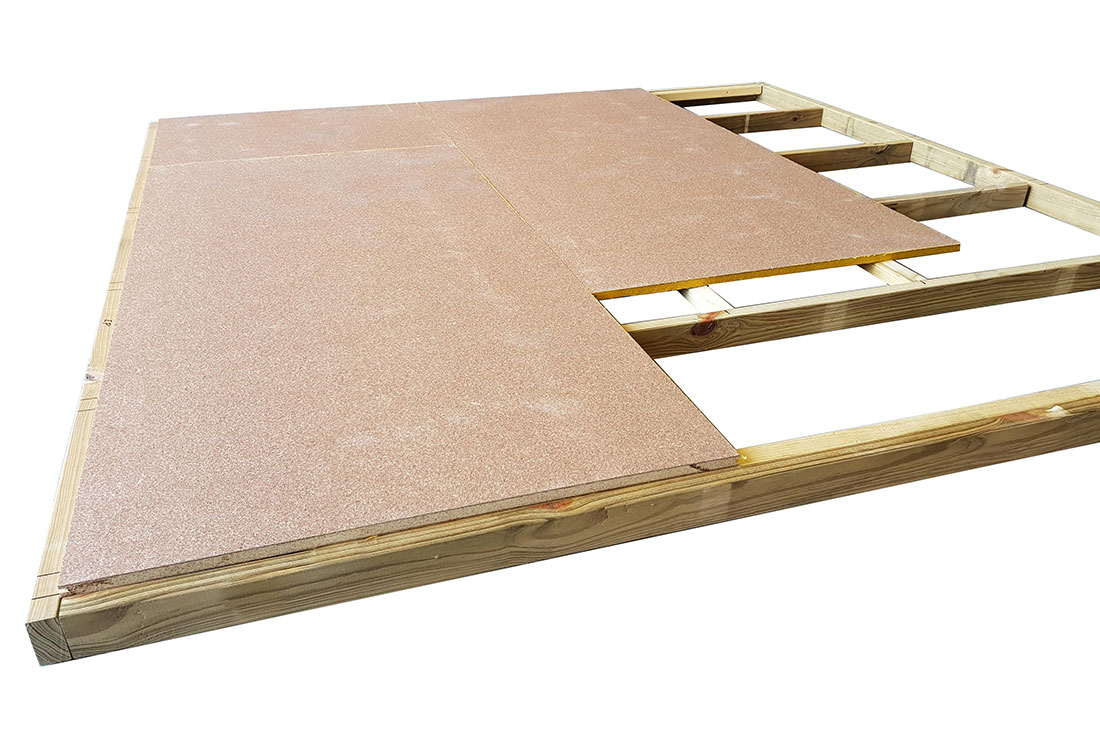
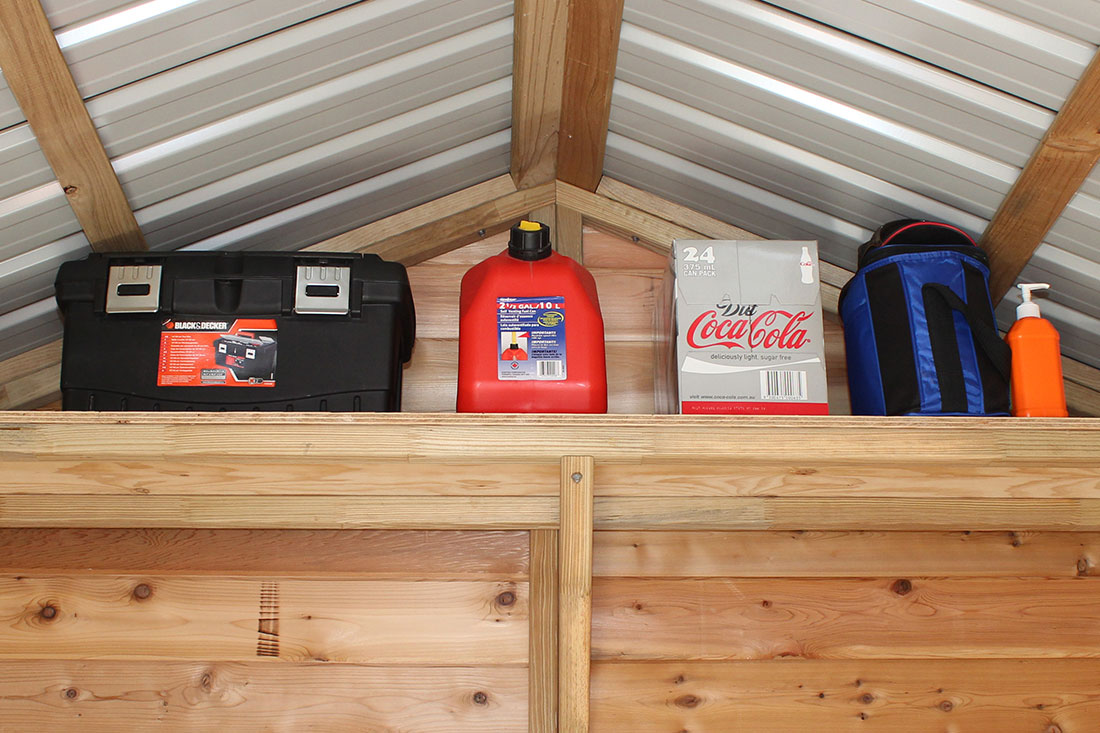
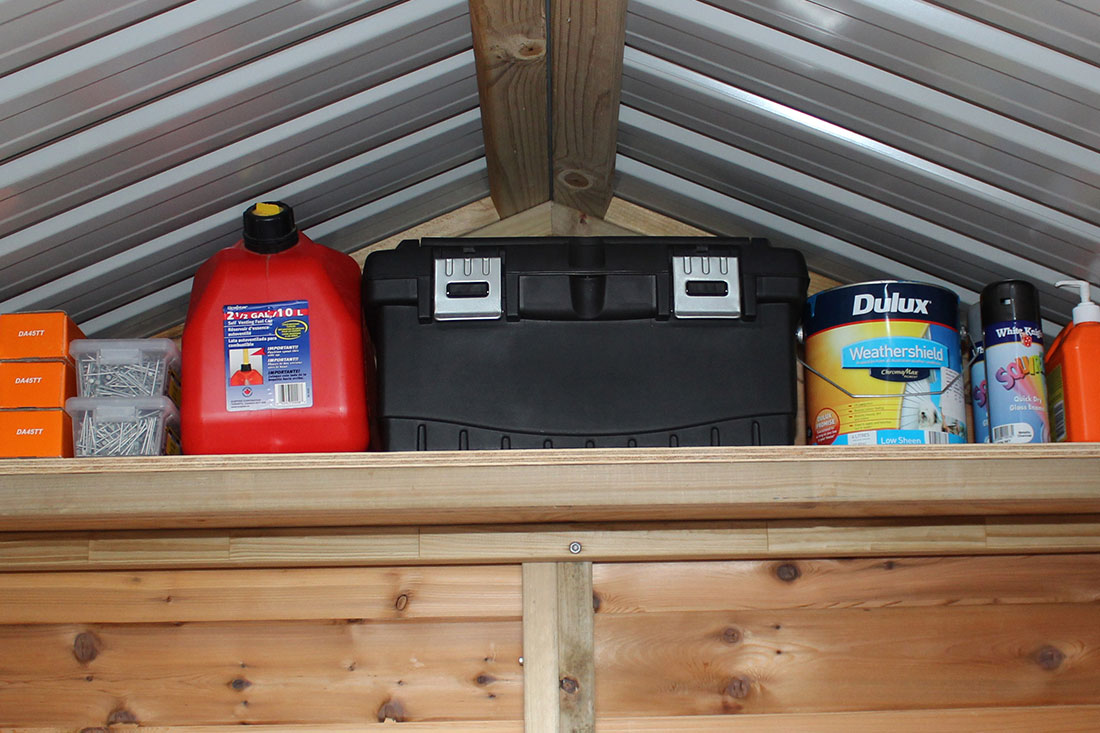
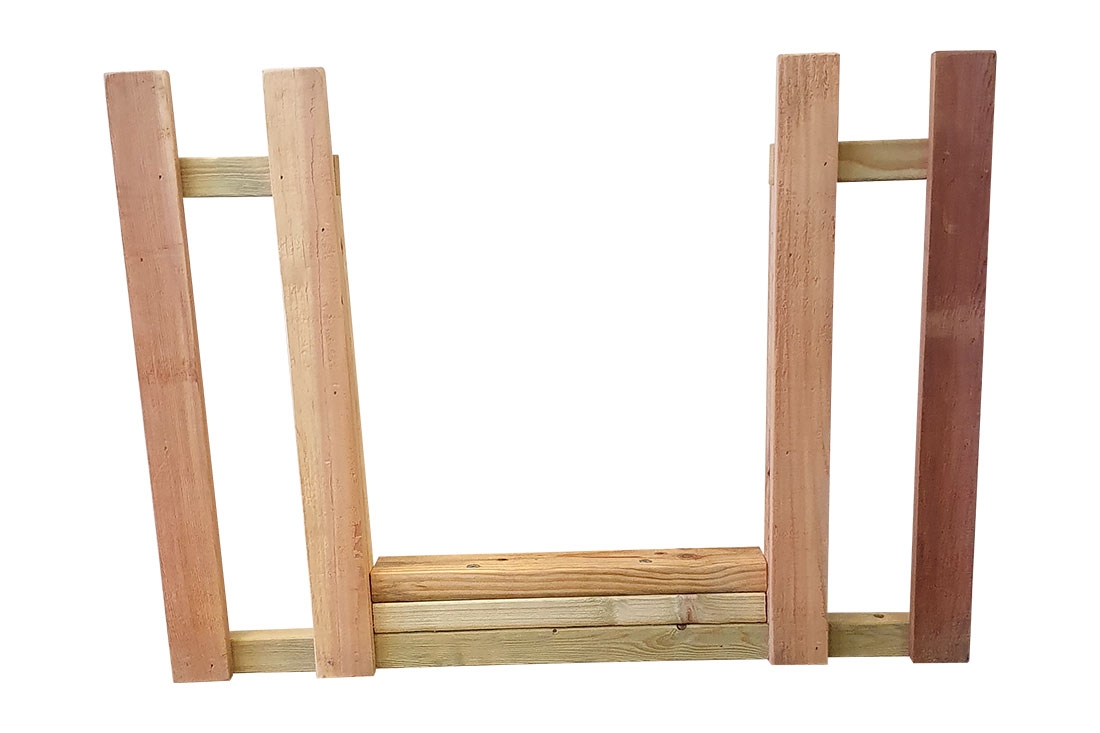 Includes an adjusted railing & ground pegs to make provision for a slide to be attached to the Hideout Tower.
Includes an adjusted railing & ground pegs to make provision for a slide to be attached to the Hideout Tower.